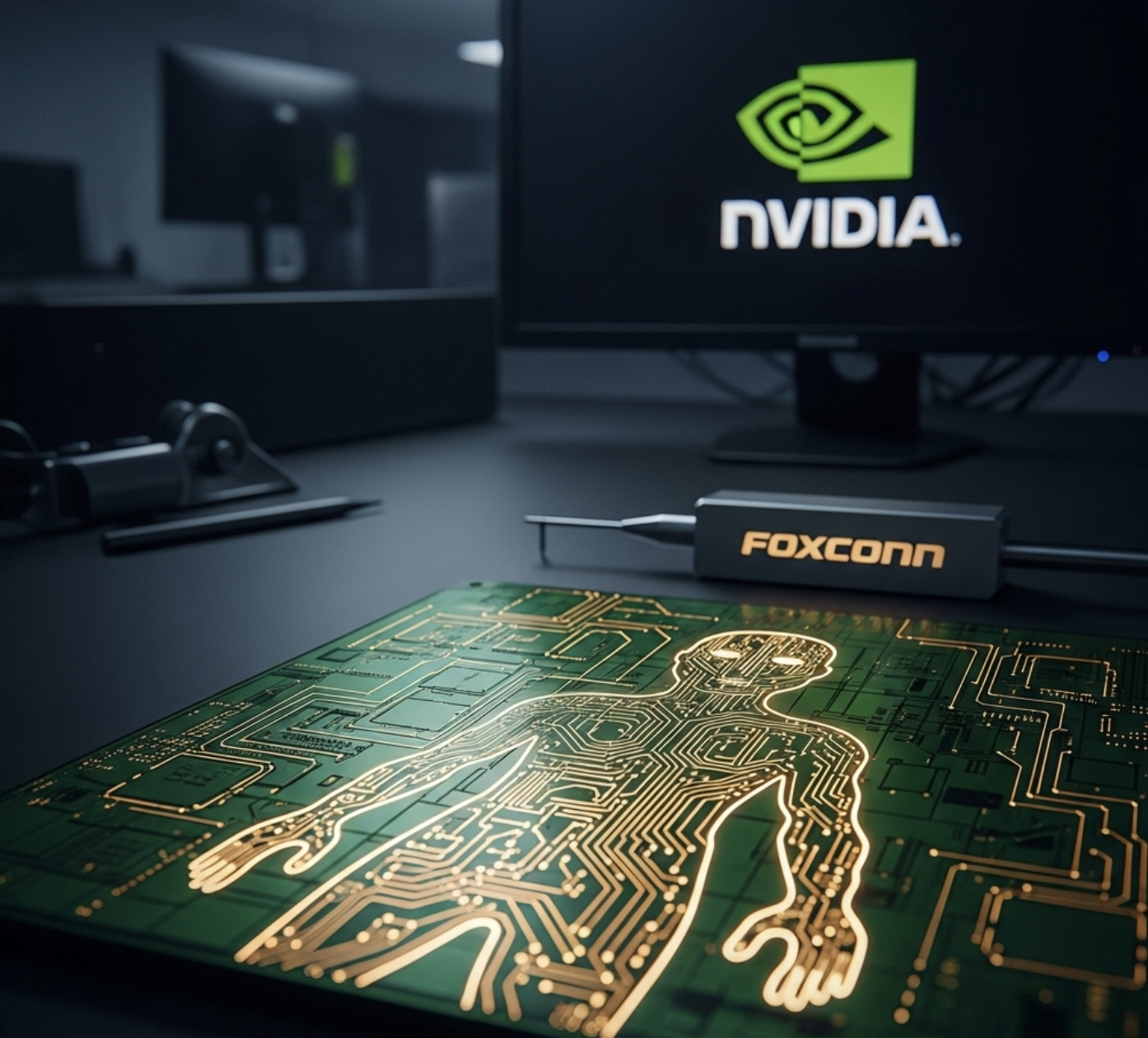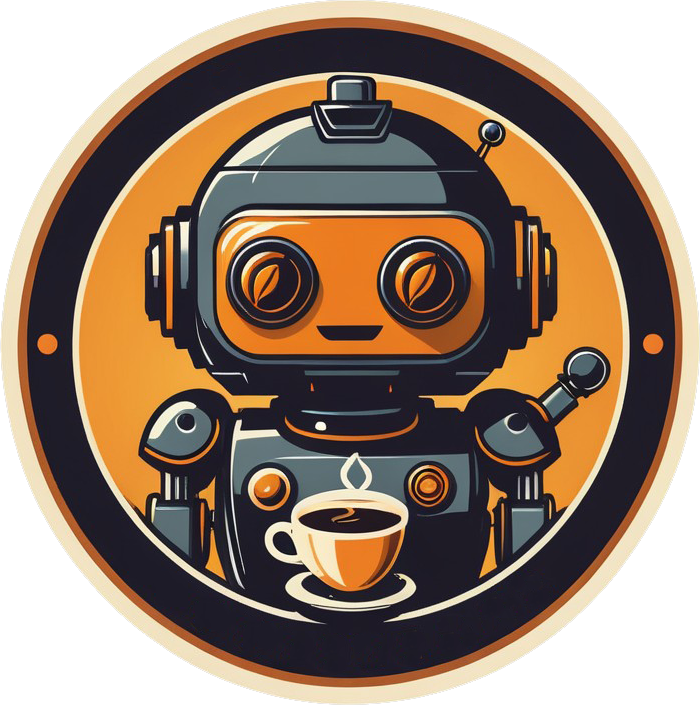
By Peter Kappes, Follow on Linkedin
You set your humanoid to start work at 3pm, but not thinking, you accidentally say, 3am. Suddenly, you wake to a dark silhouette in the hallway. Before your rational brain can process “it’s just the robot,” your primal instincts have already reacted. Your heart races, you start to see the light at the end of the tunnel until you hear the metal clanking—then you remember you own a metal humanoid.
This visceral moment explains why most home robots are doomed to fail, and why Cartwheel Robotics founder Scott LaValley is taking a radically different approach.

While companies race to build humanoids for industrial first (like Persona AI, which we covered last week after their landmark Hyundai deal positioned them to dominate the industrial workforce), home robotics keeps making the same mistake:
Assuming functionality trumps psychology
A highly-capable robot might impress at CES
That same robot becomes a nightmare in your hallway at 3 AM
Enter Cartwheel Robotics, founded by Scott LaValley—a Boston Dynamics (where they’re doing incredible work in industrial applications) and Disney robotics veteran who learned this lesson through his kids’ reactions:
“At Boston Dynamics, my children found Atlas terrifying. At Disney, they begged to hug Baby Groot. That reframed everything.”
Picture this:
A room with:
10 grandmas
10 kids
Two robots stand before them:
A standard industrial humanoid – built for factories, with a no-nonsense, technical look
Cartwheel’s Yogi – designed for homes, with approachable proportions and warm presence
What You’d See:
The grandmas would relax around Yogi like it’s a helpful neighbor. The kids would engage with it like a playful companion. That industrial bot? It might get respectful nods, but no one would naturally invite it into their daily lives.
The Simple Truth:
Robots built for factories excel at their jobs – precise, rugged, and efficient. But homes need helpers that feel like they belong at the kitchen table, not on an assembly line.
Yogi bridges that gap. Because a robot’s first job at home isn’t to impress with specs – it’s to comfort by design.
Jibo’s collapse revealed the two fatal flaws of social robots:
The “What Does It Actually Do?” Problem
Beautiful animations, but functionally just:
• A $900 alarm clock
• A worse smartphone camera
• Another voice assistant (in a world full of them)
“Nobody needs a second iPhone that can’t leave its stand”
The Novelty Trap
Charming for exactly 17 days (average user engagement)
Zero growth path from “cute” to “useful”
Yogi Solves Both
Cartwheel’s approach:
✓ Starts with emotional design (like Jibo got right)
✓ Builds real utility:
Physical help (picking up, fetching)
Progressive skills that grow over time
Purpose beyond being “just” a social interface
LaValley’s team is building what others ignore, humanoids designed for emotional connection first:
Yogi Prototype
“Toddler proportions” (big head, small body)
Rounded, “chubby” silhouette (triggers nurturing instincts)
Clearly artificial yet expressive face (avoids uncanny valley)
The 3 AM Advantage
Compare these real-world scenarios:
The “Why Is This In My Home?” Approach
Glowing sensor arrays that feel like surveillance rather than assistance
Precision-engineered movements that prioritize efficiency over emotional clarity
Aesthetics optimized for investor demos rather than family living spaces
Your sleepy brain’s verdict: “WHY IS THIS IN MY HOUSE?”
Cartwheel’s “Of Course This Belongs Here” Design
“Toddler proportions” (big head, small body) that trigger nurturing instincts
Rounded, slightly chubby silhouette that says “friend” not “machine”
Expressive but clearly artificial face avoiding uncanny valley
Character-first design philosophy – “I don’t see a robot, I see a character” (LaValley)
Warm, inviting presence designed to “bring joy and everyday magic” (LaValley)
Your sleepy brain’s verdict: “Oh good, our helper”
“We’re not building tools,” LaValley says. “We’re building characters people want in their lives.”
We did not choose a retro robot for our logo just for nostalgia—it was purposeful.
1. Pre-Approved by Generations
Rosie from The Jetsons
Forbidden Planet’s Robby
Classic sci-fi comics
These designs passed decades of subconscious vetting—they feel right in human spaces.
2. The Comfort Code
Vintage robots get these things right:
✓ Time-tested appeal(Jetsons’ Rosie to Wall-E)
✓ Whimsical proportions (big heads, small bodies – just like Cartwheel’s Yogi)
✓ Time-Tested Appeal: These aesthetics passed generations of subconscious approval
✓ Universal Comfort: Everyone, from kids to grandparents, instinctively likes them
✓ Mainstream Legacy: We grew up loving these friendly robot designs
Get in touch to learn what we’re building at Bots ‘n Beans
The industry keeps debating specs while ignoring:
Homes aren’t factories (emotional fit matters most)
People don’t buy what scares them (no matter how advanced)
Companies that get this (like Cartwheel) will build the Roombas of tomorrow. The rest?
They’ll keep making expensive Halloween decorations.



